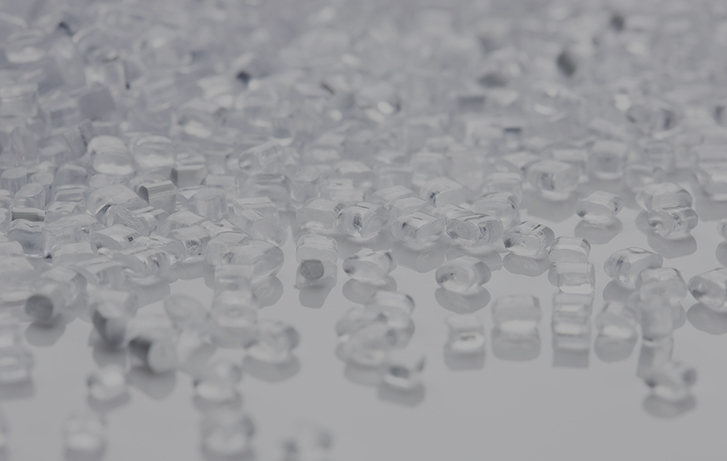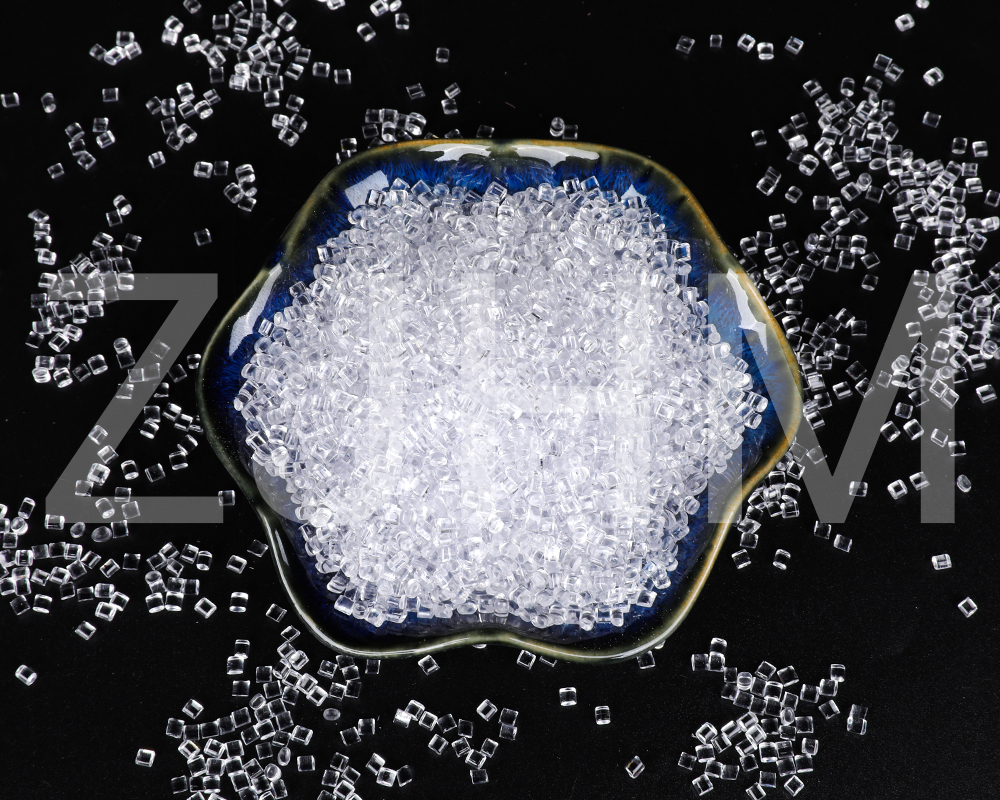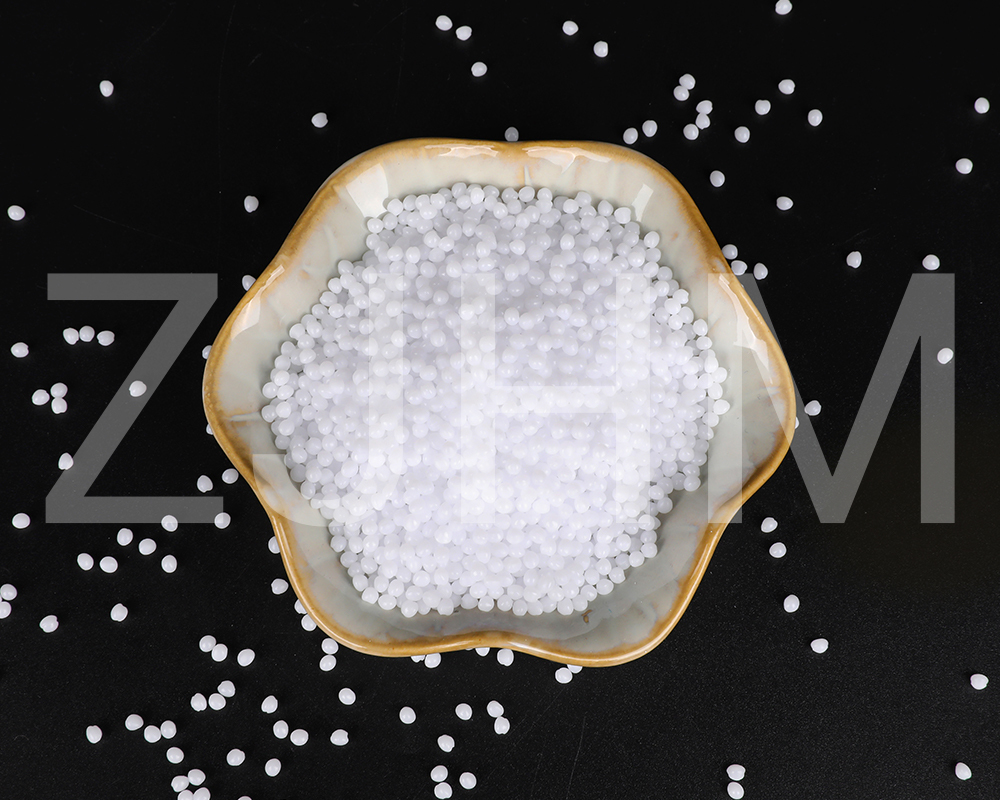Low-Density Polyethylene (LDPE) granules are widely used in a variety of industrial and commercial applications due to their versatility, affordability, and ease of processing. However, when it comes to chemical resistance, LDPE exhibits certain characteristics that differentiate it from other commonly used thermoplastics.
Chemical Resistance of LDPE Granules
LDPE is known for its excellent resistance to a wide array of chemicals, including acids, alkalis, alcohols, and aqueous solutions. This makes it a preferred material in packaging, chemical containers, and products exposed to harsh environments. However, LDPE's chemical resistance is not without its limitations. For instance, it is less resistant to certain hydrocarbons, aromatic solvents, and oxidizing agents. This relatively lower resistance to more aggressive chemicals is where LDPE starts to differ from other thermoplastics, such as High-Density Polyethylene (HDPE), Polypropylene (PP), and Polytetrafluoroethylene (PTFE).
Comparing LDPE with Other Thermoplastics
HDPE (High-Density Polyethylene)
While both LDPE and HDPE are derived from the same polymer, HDPE boasts superior chemical resistance in many scenarios. HDPE is more resistant to a wider range of chemicals, including strong acids, bases, and many organic solvents. This is primarily due to its higher density and crystalline structure, which enhance its barrier properties. In contrast, LDPE’s more flexible, less dense structure renders it less effective when dealing with certain aggressive chemicals, although its performance in milder environments still holds up well.

Polypropylene (PP)
Polypropylene is another thermoplastic renowned for its outstanding chemical resistance. PP offers a higher resistance to a broad spectrum of chemicals compared to LDPE, especially in terms of its resistance to organic solvents and acids. Its excellent performance in environments exposed to high temperatures and harsh chemicals makes it a common choice in laboratories and industrial settings. While LDPE provides adequate protection against many acids and alkalis, PP surpasses it when it comes to organic solvent resistance, making it more versatile for certain applications.
Polytetrafluoroethylene (PTFE)
PTFE, often referred to as Teflon, is a high-performance polymer known for its exceptional chemical resistance. In fact, PTFE is considered one of the most chemically inert materials available. It resists virtually all chemicals, including strong acids, bases, organic solvents, and even aggressive oxidizing agents. While LDPE holds up well in many applications, it simply cannot match the unparalleled resistance offered by PTFE, particularly when dealing with highly corrosive substances or extreme conditions. PTFE is commonly used in environments where chemical compatibility is of the utmost importance, such as in chemical processing industries and laboratory applications.
The Verdict: When to Choose LDPE
LDPE granules are an ideal choice for applications requiring moderate chemical resistance. They excel in everyday environments where exposure to weaker chemicals, mild acids, and bases is common. Additionally, their flexibility and ease of molding make them an attractive option for a variety of uses, including plastic films, bags, and containers.
However, when faced with exposure to highly aggressive chemicals or extreme conditions, alternatives such as HDPE, PP, or PTFE should be considered. These materials provide enhanced resistance, ensuring the longevity and durability of products in harsher environments.
While LDPE granules offer good chemical resistance for general applications, they are outperformed by other thermoplastics like HDPE, PP, and PTFE in terms of chemical resilience. Therefore, selecting the right material depends on the specific needs of the application, balancing both chemical exposure and material performance.

 English
English
 Español
Español

 +86-0571-61070797
+86-0571-61070797
















